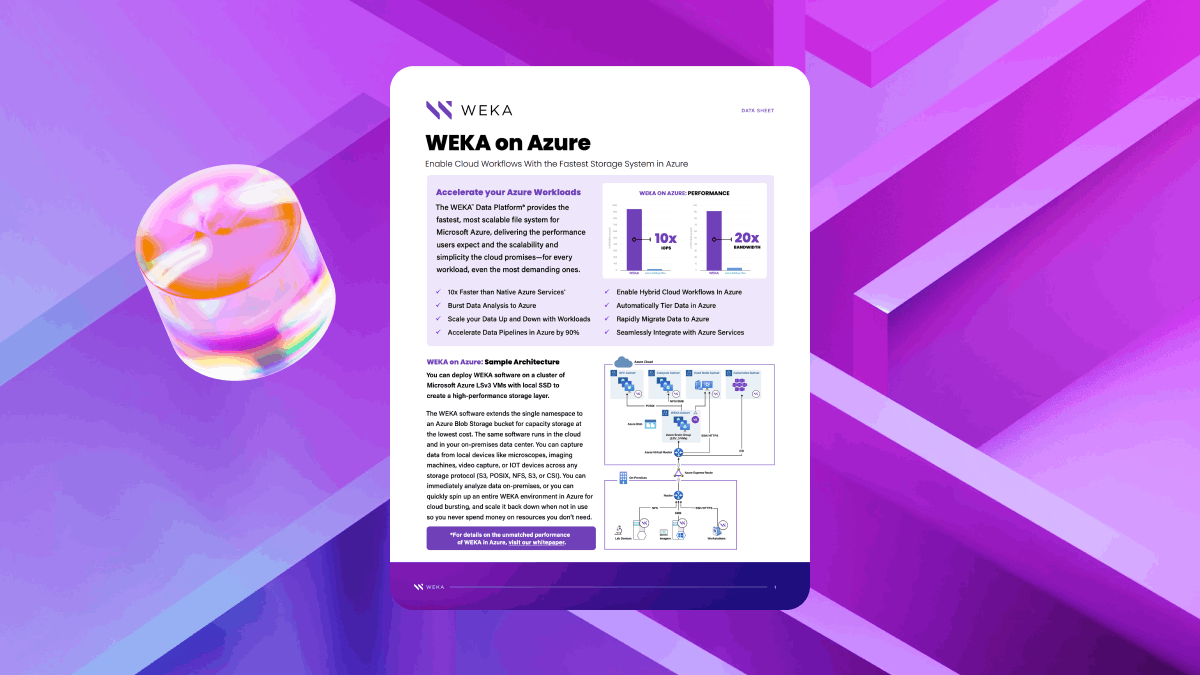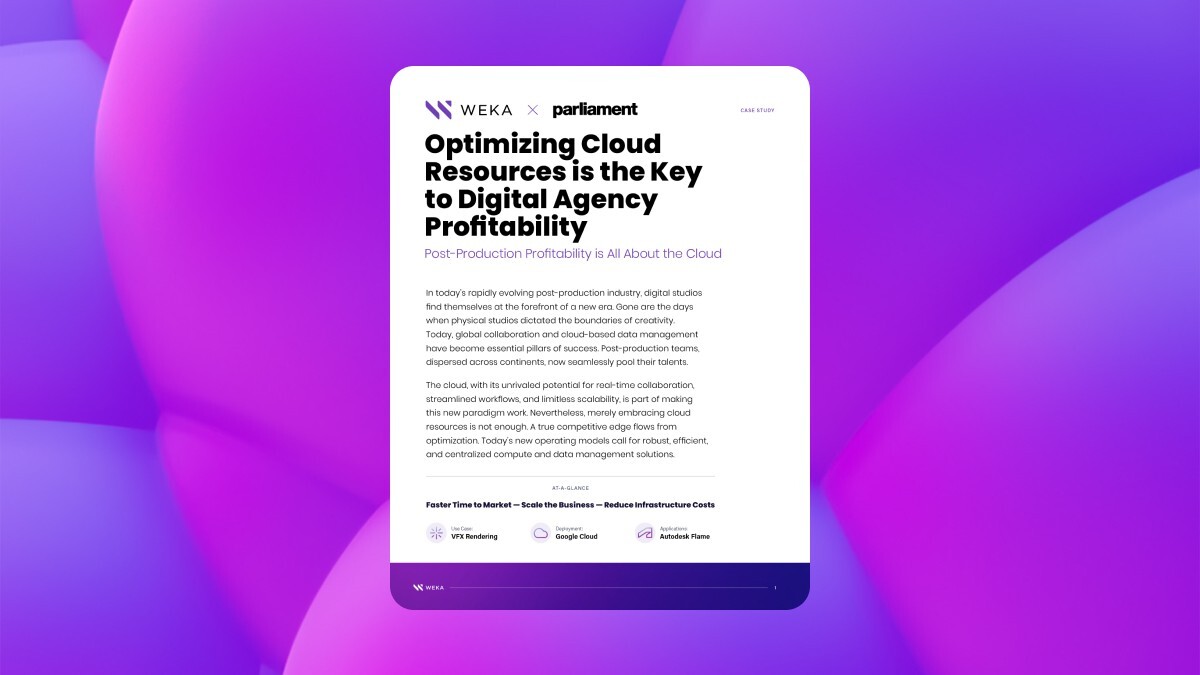What Is A Multi Cloud Strategy & What Are Its Benefits?

Whether you are considering implementing a multi cloud strategy or you have found yourself with one, we help you to maximize its benefits
What is a multi-cloud strategy? Multi cloud strategy utilizes two or more cloud computing platforms to perform various processes. A business can choose the best cloud deployment for each workload by leveraging a multi cloud approach.
What Is Multi Cloud Management?
As technology and innovations advance, robust infrastructure becomes increasingly necessary—and so does its availability. Currently, we’re in the midst of an enterprise cloud boom, where many businesses, whether enterprise or small- to medium-sized, are using the cloud in some capacity.
Because of this ubiquity, many large enterprises and research organizations are attempting to harness even more power and insight from the cloud. They are turning to multi cloud management systems to do so.
As the name suggests, a multi cloud system is a system of interconnected cloud infrastructures (usually through platform-as-a-service or infrastructure-as-a-service models) that help companies distribute applications, storage, security, and other resources effectively.
There are quite a few benefits of multi cloud strategy, including the potential to optimize operations and costs, avoid vendor lock-in, and improve scalability with a diverse set of platforms.
It’s important to note that multi-cloud isn’t just a larger term for “the cloud.” Typically, cloud infrastructures are broken down into three categories:
- Public Cloud: Open cloud services, often on shared hardware sources, are used for high-demand workloads and scalability at cost.
- Private Cloud: Private hardware infrastructures where a single user utilizes hardware for sensitive data processing or dedicated resource allocation that comes with a price tag.
- Hybrid Cloud: A combination of both systems that leverage the benefits of the private cloud (stability and security) with a public cloud’s flexibility, usually for burst scaling.
In fact, multi cloud systems are often confused with hybrid cloud systems. Unlike hybrid cloud infrastructure, however, a multi cloud system encompasses multiple cloud infrastructures simultaneously, often across different vendors.
The two primary types of multi cloud configurations are as follows:
- Homogenous Cloud: A homogenous cloud may include several different cloud systems but from the same vendor. This means that the stack, from hardware to software, would come from that vendor but connect to multiple independent cloud systems. This type of multi cloud has fallen a bit out of fashion, as many businesses have determined that hybrid clouds are usually a sufficient alternative.
- Heterogeneous Cloud: Heterogeneous multi cloud systems are cloud infrastructures from multiple vendors. These systems will usually be orchestrated through a single management tool.
Heterogeneous configurations are best poised to avoid vendor lock-in. However, if they aren’t managed well, they can become inefficient, costly, and restrictive to data accessibility.
What Is a Multi Cloud Strategy?
To implement multi cloud infrastructure, you must have a rather comprehensive strategy in place. A multi cloud strategy isn’t an ad-hoc solution where you purchase cloud space from different vendors and use them piecemeal. Rather, it’s imperative to create fundamental strategies about why your company will adopt technologies and how they will support your organization’s goals now and in ten years.
Some of the standard components of a multi cloud strategy will include the following:
Company Goals
First, you must decide if a multi cloud strategy will benefit your work. What are the critical computational workloads of your organization? What kind of research and development will you use this cloud for? What kind of apps and infrastructure do you need to be part of it?
Perhaps more importantly, decide if this massive undertaking is necessary versus a hybrid cloud setup.
This part of the strategy requires serious input from the major stakeholders in your company: business leadership, technical specialists and managers, data scientists, engineers, etc. Multi cloud will touch every part of your organization.
Budget and Investment
What are you willing to invest in this project? There could be some upfront costs around adoption, management, installation, upgrades, data migration, and integration with your systems in the initial stages.
But it’s crucial to get honest about your capacity. Multi cloud strategies will take at least some significant investment in labor and costs to maintain, even if you leverage the support of your vendors.
The trade-off, however, could be significant savings over a long period and a flexible system that will save you time, money, and effort when you need it to grow with you.
Map Out Compute and Storage Needs
Frankly, do you know how your data moves through your IT system? Who or what touches that data, and for what purposes? Where is it stored, and how fast is that storage?
Walking into a multi cloud data strategy requires that you know what your information systems look like now, from apps to short- and long-term storage and high-availability clusters. You’re going to need to be able to translate that system into a new cloud. Not only will that help you better understand your needs more precisely, but it will also help you avoid buying resources that you simply don’t need.
Investigate Networking Requirements
Cloud environments usually run on fast networking equipment, and a multi cloud isn’t too different. However, the reality of this kind of setup is that the cloud environments will often not be in the same physical location. You can’t support machine learning or analytics apps with cloud storage in Nebraska and high-performance computing in California.
Depending on your workloads, you’ll determine cloud proximity, perhaps using the same vendor for some aspects of your system while offloading unrelated portions to others. Furthermore, you’ll want to determine your vendors’ high-bandwidth, low-latency network capabilities to decide what operations should go where.
Survey Public Cloud Vendors
Don’t forget that you must pick from multiple options for each part of your multi vendor cloud strategy, which will call for extensive research and comparison. Vendors like Google Cloud, Microsoft Azure, Amazon AWS, and IBM all offer different public, private, and hybrid options, all of which can fit into a multi cloud system.
Prepare for Automation
You will not be able to operate a multi-cloud system without some automation. Even basic public clouds for enterprise clients will utilize automation to manage data, security, business apps, or other features. Suppose your multi-cloud components have any sort of significant interaction. In that case, you’ll want to invest in central management and automation platform that can regularly support your processes.
Plan for Security and Compliance
Data security, regulations, and compliance frameworks are a cost of doing business in the twenty-first century. Cloud systems can, with the right configuration, pull a lot of weight in helping administrators manage these aspects of their operations. Multi cloud can do the same, so long as you plan for the fact that with different vendors, you also work with different security and compliance teams.
Accordingly, you must plan out your compliance expectations across these platforms. That means ensuring that they meet minimum requirements for your industry and that you can securely move and process data between them.
Mobilize Multi Cloud Capabilities with WEKA
Implementing multi cloud strategies can be a logistical challenge—but they can also serve as the foundation for powerful computational platforms that level-up critical research projects in areas like machine learning and AI, the life sciences, genomic research, and analytics.
With WEKA, you can connect your public and private cloud environments to support next-generation workloads. WEKA provides an intuitive interface and comprehensive protocol support for some of the most prominent cloud providers on the market, including Google Cloud Platform, Amazon Web Services, Microsoft Azure, and Oracle Cloud Infrastructure.
Additionally, if you decide to work with WEKA hardware and hybrid cloud systems, you can leverage the following features:
- Streamlined and fast cloud file systems to combine multiple sources into a single high-performance computing system
- Industry-best GPUDirect performance (113 Gbps for a single DGX-2 and 162 Gbps for a single DGX A100)
- In-flight and at-rest encryption for governance, risk, and compliance requirements
- Agile access and management for edge, core, and cloud development
- Scalability up to exabytes of storage across billions of files
Contact our support team today to learn more about WEKA and multi-cloud solutions.





